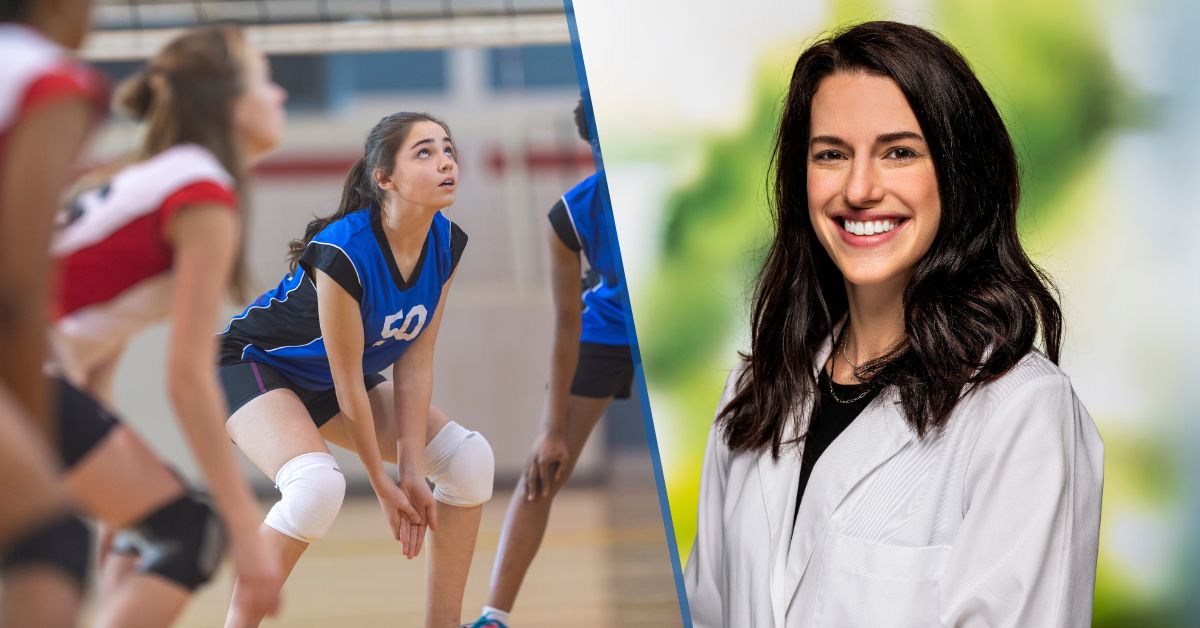An ACL injury length of recovery timeline: something every hurt athlete wants information on right away.
Your anterior cruciate ligament, referred to as an ACL, is a crucial ligament in your knee that stabilizes your joint and keeps it from buckling, especially during sudden changes in direction. It connects (couples) your tibia, or shinbone, to your femur, or thighbone, and is particularly vulnerable to injury.
“Sports that involve pivoting, twisting and jumping are the primary culprits behind ACL injuries,” William Beach, MD, an orthopedic surgeon at Bon Secours Tuckahoe Orthopedics, explains. “These include sports such as basketball, football, soccer and skiing. Additionally, there are approximately 200,000 ACL injuries occurring annually in the U.S.”
Do you think you have an ACL injury? Let’s first go over some of the symptoms.
Common signs of an ACL injury include:
- A popping sound or sensation in the knee at the time of injury.
- Swelling in the knee within a few hours.
- Limited range of motion due to pain or swelling.
- Instability or a feeling that the knee may give way while walking.
If you suspect an ACL injury, follow the RICE method until you are able to be seen by a health care professional. RICE stands for rest, ice compression and elevation. Over-the-counter anti-inflammatory medications can also help manage pain and swelling.
Visiting an orthopedic surgeon is your first step to getting an accurate ACL injury diagnosis. This visit may involve a thorough, ACL-specific physical examination, and imaging tests, such as initial X-rays to assess the extent of the injury. An MRI would then be arranged and physical therapy maybe prescribed.
As for your ACL injury length of recovery timeline? Well, that depends.
“As with any injury, treatment options for ACLs depend on various factors, including the severity of the injury, your age, activity level and overall health,” Dr. Beach shares.
For ACL sprains or strains, you are looking at anywhere from a couple weeks for the occasional sprain or partial tear to nine months, if surgery is required, to achieve full recovery. You will need to strengthen the surrounding muscles to help stabilize your knee. This is done most frequently via physical therapy sessions.
As for ACL tears, more often than not, you will need to undergo surgery for treatment. ACL surgery typically involves reconstructing the ligament with a substitute tendon. Occasionally, in the perfect setting, the ACL can be repaired by stitching it back to the bone.
The good news is that most ACL surgeries are minimally invasive and performed arthroscopically through small incisions. This method usually allows for a quicker recovery compared to traditional open surgery, getting patients back to their normal activities faster. A typical recovery timeline for ACL tears is anywhere from six months to a year.
What can I do to prevent ACL injuries in the first place?
While it’s impossible to completely eliminate the risk of an ACL injury, there are steps you can take to reduce your chances:
- Strengthening exercises: Focus on strengthening the quadriceps and hamstrings to support your knee.
- Stretching: Proper warm-up and stretching before physical activity can help prevent injuries.
- Proper technique: In sports like basketball and soccer, learning and practicing proper techniques for landing, cutting and pivoting can reduce the risk of ACL tears.
ACL injuries are serious but treatable conditions. Whether you’re an athlete or an active individual, knowing how to prevent, recognize and treat these injuries is key to maintaining knee health.
“Early intervention and proper care for any type of ACL injury can lead to successful recovery and a return to normal activities,” Dr. Beach adds.
We hope this information on what to expect regarding an ACL injury length of recovery timeline has helped inform you about this common sports setback.
Learn more about the orthopedic and sports medicine services we provide at Bon Secours.





